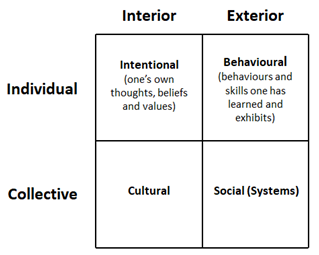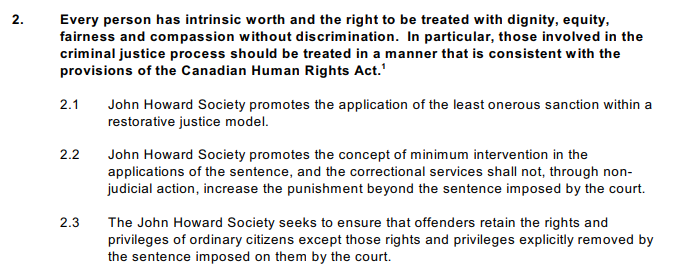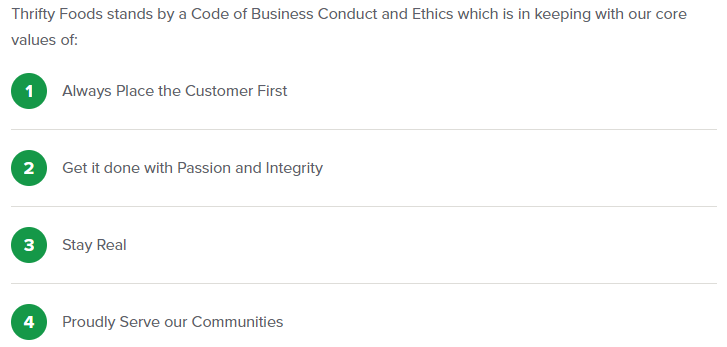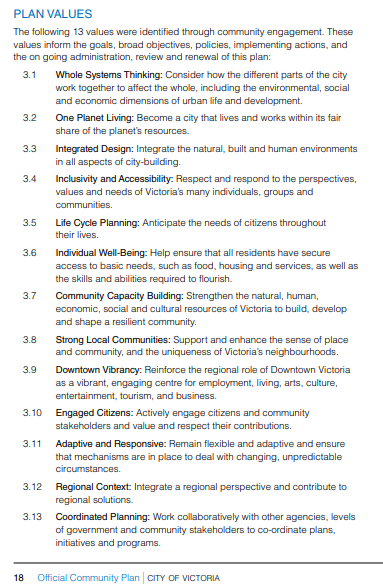 This week, I’ve been reflecting more on the relationship between “values” and “behaviours”, especially organizational values and behaviours, in preparation for some fall workshops I’m delivering.
This week, I’ve been reflecting more on the relationship between “values” and “behaviours”, especially organizational values and behaviours, in preparation for some fall workshops I’m delivering.
Behaviours bring values to life
Values represent our intentions. That’s different from our behaviours, actions, which are how we reveal ourselves to others. Behaviours bring values to life. Valued behaviours!
One way I’ve come to communicate my understanding of values vs behaviours follows on Ken Wilber’s integral theory – aka Theory of Everything. Previously, I explored his theory from a conflict perspective, here.
In the following matrix (funny how so many things are explainable via a matrix), adapted from Wilber’s, you can see the relationship between values and behaviours:
Note: formal documentation of organizational values would fall in the ‘Social’ quadrant (above).
The challenge
It’s often said, “you can’t control, what you can’t measure”. If your stated values are integrity, accountability, and respect – how do you measure those values?
It’s tough trying to measure intentions. It’s easier to measure behaviours. In a perfect world, behaviours align to values. “Aligned behaviors are the pathway to workplace inspiration— misaligned behaviors lead to workplace frustration.” (from Chris Edmond’s The Culture Engine)
Take a look at an organization’s website. Are their values stated? Are they clear? Do they have specific behaviours associated with them?
Here are three values-related statements from three well-known, local (to me), organizations; a nonprofit, a business, and a public body. I’ve cut and pasted the wording from their websites. As you can see, all the while acknowledging that an organization may have multiple versions of its value statements (e.g., for internal vs public use), I would not be going out on the limb to say that there isn’t a standard format for communicating values or values statements. Paradoxically, I think highly of all these organizations.
From John Howard’s ‘core values and principles’:
From the City of Victoria’s Official Community Plan:
Getting it done – linking values and behaviours
Here’s a basic three-step process for linking values and behaviours:
- Define your organization’s core values
- Define 3-4 (measurable) behaviours for each of those core values
- Embed those valued behaviours in your HR processes: e.g., employee hiring, evaluation, development
To guide you in step 2 (above) here’s a few practical examples, value-behaviour, I’ve created:
- Respect – “I show respect to co-workers and customers by listening to them, without interrupting.”
- Collaboration – “When in conflict, I appreciatively inquire into their interests and needs, and I assertively let them know my interests and needs.”
- Communication – “I frequently and regularly check in with my team to ensure that we are all on the same page.”
Mission, Vision, Values
Mission, vision and values are a common trifecta, of intentions, for any organization. You can find mission-vision-values type statements anywhere in the world. The picture below is one I took at a bed and breakfast that I was staying at in Quito, Ecuador. I was in transit from my CESO assignment in Bolivia (earlier this year). I liked how their mission-vision-values (in Spanish, of course) was so prominently, confidently, displayed in their front foyer.
Wouldn’t it be helpful if all organizations had their mission-vision-values so upfront, no matter if in-real-life or online?
And, why not throw in behaviours – that would make it even more helpful!
[Ben Ziegler is a collaboration and conflict management specialist serving SMEs, nonprofits, and local governments. Contact Ben.]






Speak Your Mind